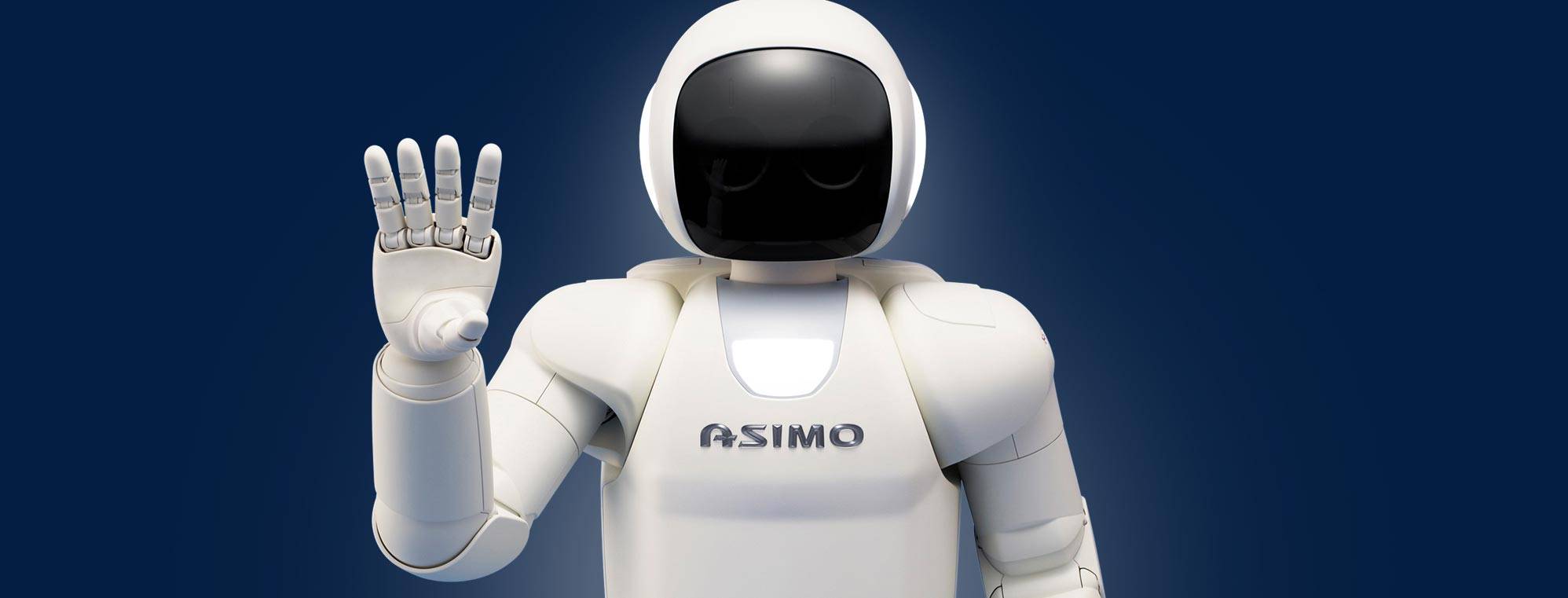Machine Learning vs. Deep Learning: Differences, Similarities and Applications
In today's digital age, terms such as Machine Learning and Deep Learning have become commonplace, but are often confused or used interchangeably. Although both are subfields of artificial intelligence (AI), they have significant differences in their operation, applications and requirements. This article explores what each is, their differences and similarities, and the most prominent applications of each technology.
What is Machine Learning?
Machine Learning (ML), or machine learning, is a branch of AI that allows machines to learn from data without being explicitly programmed. It uses algorithms that identify patterns in data and make predictions or decisions based on those patterns. ML algorithms are mainly classified into:
Supervised learning
The model is trained on labelled data, where each input is associated with a desired output. For example, classifying emails as "spam" or "non-spam".
Unsupervised learning
The model works with unlabelled data and looks for hidden patterns or clusters in the data. An example is customer segmentation analysis in marketing.
Machine Learning applications
ML has been applied in various industries to improve processes and make data-driven decisions. Some notable applications are:
- Fraud detection: In the financial sector, ML algorithms analyse transaction patterns to identify fraudulent activity.
- Predictive maintenance: In the manufacturing industry, ML predicts machine failures based on historical data and sensors, enabling proactive maintenance.
- Content personalisation: Platforms such as Netflix or Amazon use ML to recommend products or content based on user preferences and behaviours.
What is Deep Learning?
Deep Learning (DL), or deep learning, is a subcategory of ML that uses artificial neural networks inspired by the structure of the human brain. These networks, known as deep neural networks, are composed of multiple layers of artificial neurons that process information in a hierarchical fashion. Each layer extracts more complex features from the data than the previous one.
A distinctive feature of DL is its ability to handle large volumes of unstructured data, such as images, audio and text, and extract relevant features without human intervention. This has led to significant advances in areas such as speech recognition, computer vision and natural language processing.
Applications of Deep Learning
DL has enabled advances in areas that require the processing of large volumes of unstructured data. Some notable applications are:
- Speech recognition: Virtual assistants such as Siri, Alexa and Google Assistant employ DL to understand and process voice commands.
- Computer vision: DL is used in facial recognition systems, medical diagnosis through images and in autonomous vehicles to interpret the environment.
- Natural Language Processing (NLP): DL models analyse and generate human language, improving machine translations, chatbots and sentiment analysis.
Key differences between Machine Learning and Deep Learning
- Structure and complexity
Machine learning uses simpler algorithms, such as decision trees or support vector machines, while deep learning uses deep neural networks with multiple layers, which increases complexity and the ability to detect patterns in unstructured data. - Data requirements
While machine learning can work with smaller, structured data sets, deep learning requires large volumes of data to effectively train deep neural networks. - Processing power
Machine learning requires less processing power and can run on conventional hardware, while deep learning requires specialised hardware, such as GPUs (graphics processing units), due to the high computational demands and training time required by deep neural networks. - Accuracy and performance: Machine learning performs well on less complex tasks with less data. In contrast, deep learning provides higher accuracy in complex tasks, such as image recognition or natural language processing, although this implies a higher cost in terms of computational resources and training time.
3 Similarities between Machine Learning and Deep Learning
First, both approaches rely on data to learn and improve their performance. Secondly, their goal is the same, both machine learning and deep learning seek to create models that can generalise from training data to make predictions or decisions about new data.
Thirdly and finally, both are subfields of artificial intelligence and are used to develop systems capable of performing tasks that traditionally require human intelligence.
UDIT's Master's Degree in Artificial Intelligence
UDIT's Master's in Artificial Intelligence is a postgraduate degree 100% focused on employability that will turn you into one of the most competitive and in-demand technological profiles today.
You will enjoy training with a high degree of experimentalism, constantly updated content and aligned with the cutting edge. Among others, you will learn about programming languages for AI, deep learning, natural language programming and computer vision.
You will have access to development environments, tools and programming languages with which you will work on AI algorithms from a practical perspective.
You will study at the International Campus of Technology, Innovation and Applied Sciences, more than 7,000 m2 with state-of-the-art spaces and equipment. Here you will live with the Innovation Hub, a unique university ecosystem of co-creation and entrepreneurship where companies and science and technology centres converge.
More information
Specialisation in Artificial Intelligence and Big Data: how to get started









